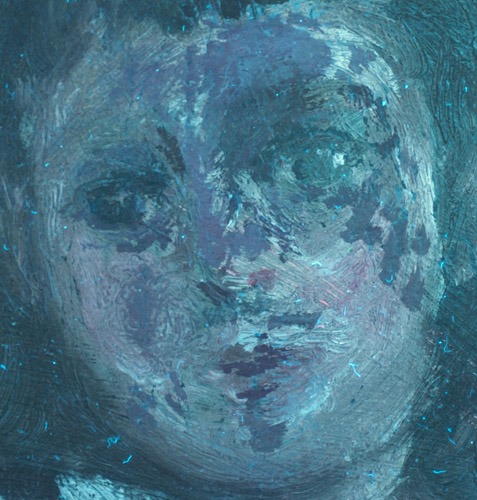Ultraviolet (UV) light examination
Ultraviolet (UV) light examination is a non-destructive analytical technique commonly used in conservation. This examination technique is based on the fact that certain materials fluoresce because they absorb the wavelength of ultraviolet light, which causes an electronic transition in some of the molecules of the material. Some of this absorbed energy is released as radiation, which is what is observed as fluorescent material. Hence, this technique is able to detect varnish layers (aged) or glazes, improve the readability of faded inscriptions and expose forms of deterioration such as mould. This method of examination can also be used to identify certain pigments that have a characteristic fluorescence, as well as disclosing areas of previous restoration or later additions to an artwork.
